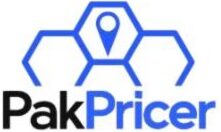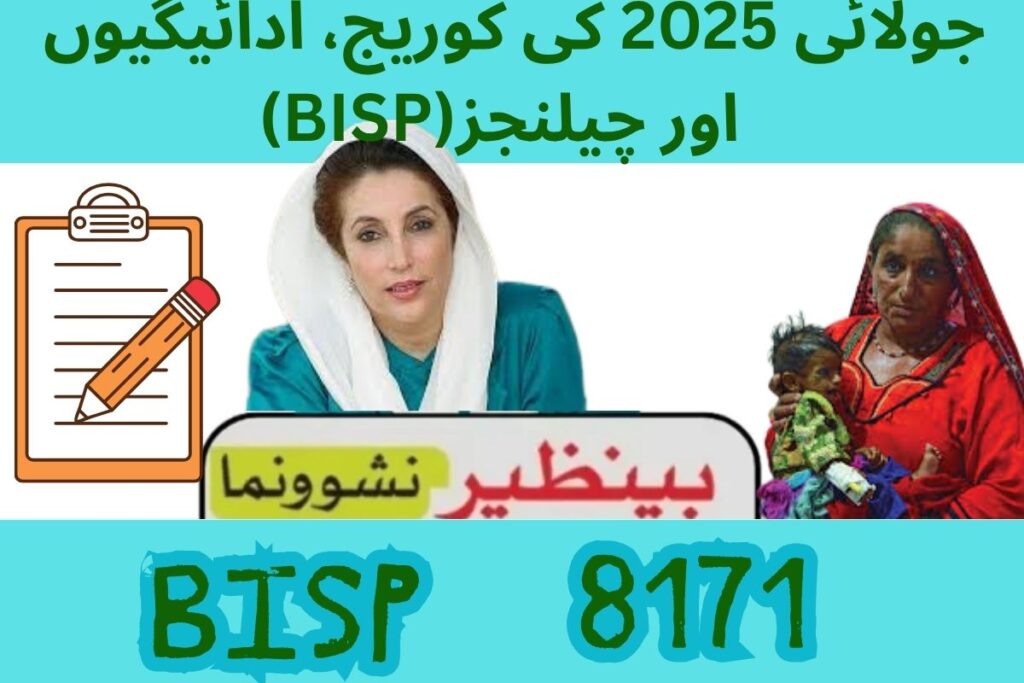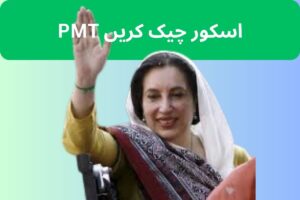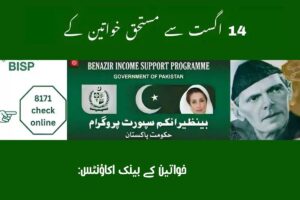The Benazir Income Support Programme (BISP) remains an essential source of assistance for families with low incomes in Pakistan and the Benazir Nashonuma program as one of its most important elements. It was launched to improve the nutritional condition of pregnant women as well as young youngsters, the programme achieved significant progress in July 2025. But, new data and issues have been revealed and shed some light on the program’s progress as well as the obstacles it is still facing.
Key Highlights:
- Beneficiaries who were reached in July 2025 In July 2025, over 860,000 families were reached.
- Impact on children who aren’t two years old and pregnant women
- Disparities in regional payments and payment delays persist
Let’s go over the issue in greater detail:
1. Program Expansion in July 2025
The program was launched in July of 2025. Benazir-Nashonuma Program grew significantly by doubling increasing the amount of households receiving benefits from the program soaring above 860,000 during the fiscal year that included July. This includes:
- Over 480,000 children and adolescents under the age of 2
- More than 380,000 mothers-to-be and lactating women
The increasing coverage is a positive trend. It is accompanied by greater awareness and accessibility because of cooperation with BISP and health centers via visit to the field and public campaigns.
How the Program Works
Families who are eligible receive stipends every quarter that are designed to enhance the nutritional status of their infants and mothers. The goals of the program are:
- In reducing malnutrition and stunting
- Prenatal treatment
- Regular health checkups are a good idea.
- Access to healthy health and food
2. Regional Coverage: Which Areas Gained the Most?
Program coverage isn’t uniform and some regions doing better than others.
High-Coverage Regions
- Punjab as well as Sindh are at the top of the pack with their high rates of enrollment. These regions benefit from an increased number of healthcare facilities and an increased awareness among the public, making the payment process and other services much more effective.
- Urban areas, particularly in cities with major populations, demonstrate regular delivery of services as well as prompt payment.
Low-Coverage Regions
- Balochistan Balochistan, portions of Khyber Pakhtunkhwa, and remote regions face major issues.
- These areas are afflicted by the lack of access to healthcare facilities along with long distances and a lack of awareness, which leads to an under-registration.
- Problems with connectivity and incorrect documentation can also cause delays, leaving families in need with no support.
3. Payment Delays and Backlogs
Despite the increase in beneficiaries, delays in payments were a major problem for the month of July. The main reasons for delays were identified:
- Incorrect CNIC information or incorrect biometric information
- Families that are incorrectly flagged for tax evasion, rendering them unqualified
- Incomplete or absent health checks or health records, particularly in pregnant women
- Inactive or incorrectly matched SIM cards as well as bank account information
Some families were able to receive both their current and pending payments once these issues were addressed however, others experienced delays that lasted for several weeks.
4. Major Challenges in July
Although it is true that the Nashonuma Program continues to provide crucial support, many persistent challenges have been identified:
1. Lack of Awareness
Many families, particularly those living in remote areas are ignorant of the following aspects:
- The program’s eligibility requirements
- The process for applying
- The documentation required is needed
- Payment schedules
The lack of information can lead to delays and miss opportunities to assist.
2. Strict Filters
The government utilizes filters to avoid fraud, however sometimes families are not allowed to participate due to:
- Corrections to NADRA data
- Tax filing status is incorrect
- Inactive or old SIM cards
The result is that some families are in a position of being unable to get help.
3. Infrastructure Gaps
Some regions are deficient in:
- Basic health clinics for patients
- Mobile registration units
- Electricity and internet are reliable.
The infrastructure deficiencies slow processes and cause adherence to the program’s requirements a challenge.
5. FAQs
What do I need to do to apply for Nashonuma allowances?
Visit your nearest BISP office or health center with your CNIC or pregnancy card or your child’s B-form. You might require filling in a questionnaire, participate in an information session on health as well as complete your biometric as well as mobile-based verification.
What time are payments due?
Payments are typically made each three months, though dates could vary depending on location. For July 20, 2025 the majority beneficiaries received their funds at the mid-point of the month, but there were some who experienced delays.
Why haven’t I received my money?
Possible reasons for not receiving your payment could be:
- Incorrect match CNIC or biometrics
- Tax filer flagging
- Incomplete health checks or missing child visits
- A SIM card that is not active or a blocked mobile phone number may contact any neighborhood BISP office for further information.
What is the amount of the stipend?
- Breastfeeding and pregnant women are entitled to PKR 2,000 per quarter
- Children under two: PKR 2,000 for boys, PKR 2,500 for girls
The money is used to help families buy nutritious food, vitamins and baby products.
6. Solutions and Recommendations
To improve Nashonuma’s effectiveness Nashonuma program and reduce time delays, follow these steps are suggested:
For BISP and the Government:
- Mobile registration units are increasing in remote regions
- Increase co-ordination between BISP, NADRA, and FBR to decrease unfair exclusions
- Make use of local radio stations as well as SMS notifications to help keep family members up-to-date of payment plans
- Translate communications into local languages to aid in understanding
- Establish complaint booths at health centers to address problems promptly
For Families:
- Check that the CNIC or SIM are registered and active in your name
- Keep your records up-to-date
- Ask about the latest information from health professionals in your area.
- If you are experiencing delays in payments If you are experiencing delays, make a visit to the BISP office immediately. Don’t delay!
Final Thoughts
The Benazir Nashonuma Program continues to have a positive effect in helping thousands of girls and women in Pakistan. Although July 2025 witnessed a remarkable growth, there are challenges ahead for families living in remote areas or those hampered by technological barriers. With better outreach, more efficient procedures, and greater assistance for families The program could make a an important contribution to tackling malnutrition and providing a better future for children in Pakistan.
If someone who you are aware of is eligible, verify your eligibility, gather all the documents required and seek assistance. Help is readily available, however getting it isn’t easy.
Read more about: The government is considering shifting Welfare Services to JazzCash: What does it mean for beneficiaries







